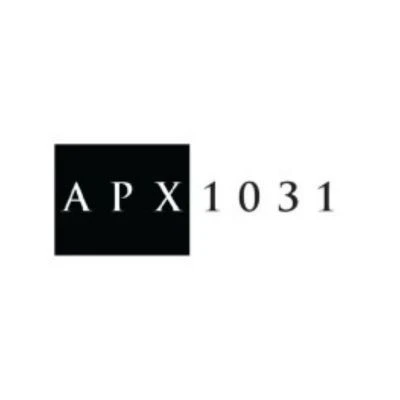When it comes to deferring capital gains tax on investment properties, the 1031 Reverse Exchange is a powerful — yet complex — strategy that many investors overlook. Unlike a traditional 1031 exchange, which requires you to sell your relinquished property before acquiring a replacement, the reverse exchange allows you to purchase the new property first. This flexibility is ideal in competitive markets but comes with strict IRS timelines and rules you must follow to remain compliant.
Let’s break down the key timelines and regulations you need to understand to complete a 1031 Reverse Exchange.

What Is a 1031 Reverse Exchange?
A 1031 Reverse Exchange is a variation of the IRS Section 1031 exchange that allows investors to acquire a replacement property before selling their current investment property. This strategy is particularly useful when a desirable replacement becomes available before you’ve sold your existing property, helping you avoid missing out on lucrative opportunities.
Key Timelines to Follow
Timeliness is critical in any 1031 exchange, but it’s especially vital in a reverse exchange. Here are the two major deadlines you must meet:
✅ 45-Day Identification Period
Once the replacement property is acquired, you have 45 calendar days to identify the property (or properties) you intend to sell. These identified properties must meet the IRS's strict identification rules — generally, you can identify up to three properties regardless of their value, or more under specific valuation guidelines.
✅ 180-Day Completion Period
The entire reverse exchange must be completed within 180 calendar days of acquiring the replacement property. This means the relinquished property must be sold, and the transaction fully closed within this period. Missing this deadline can result in a failed exchange and loss of tax deferral benefits.
Core Rules of a 1031 Reverse Exchange
1. Use of an Exchange Accommodation Titleholder (EAT)
To comply with IRS regulations, an independent third party — typically called an Exchange Accommodation Titleholder — temporarily holds title to either the replacement or relinquished property. This entity facilitates the reverse exchange structure legally and ensures you do not have both properties simultaneously.
2. Qualified Purpose Requirement
Both the relinquished and replacement properties must be held for investment or productive use in a trade or business. Personal residences and property intended for resale (flipping) do not qualify under the 1031 Reverse Exchange guidelines.
3. Consistent Taxpayer Rule
The taxpayer (individual or entity) that owns the relinquished property must be the same taxpayer that acquires the replacement property. Any discrepancies can disqualify the exchange.
4. Proper Documentation
A properly executed reverse exchange requires multiple contracts and agreements, including a Qualified Exchange Accommodation Agreement (QEAA). These documents must clearly outline the terms of the exchange and the involvement of the EAT.
Why Timelines Matter
The IRS does not provide extensions for missed deadlines in a 1031 Reverse Exchange. Failing to follow the 45-day and 180-day windows can mean losing your opportunity to defer capital gains taxes — and facing a hefty tax bill.
Final Thoughts
A 1031 Reverse Exchange gives investors the ability to act fast in a competitive real estate market, but it comes with rigid requirements. Understanding and adhering to the timelines and rules is crucial for ensuring the exchange is successful and fully compliant with IRS regulations.
Working with experienced professionals — including a Qualified Intermediary, legal advisor, and tax consultant — is key to a smooth reverse exchange process.
Want to drive more visibility to your real estate services or investment blog?
As an SEO expert, I help professionals like you turn informative content into top search rankings and qualified leads.
🚀 Let’s make your 1031 Reverse Exchange expertise the first thing your future clients see. Contact me today for a FREE SEO strategy session!


